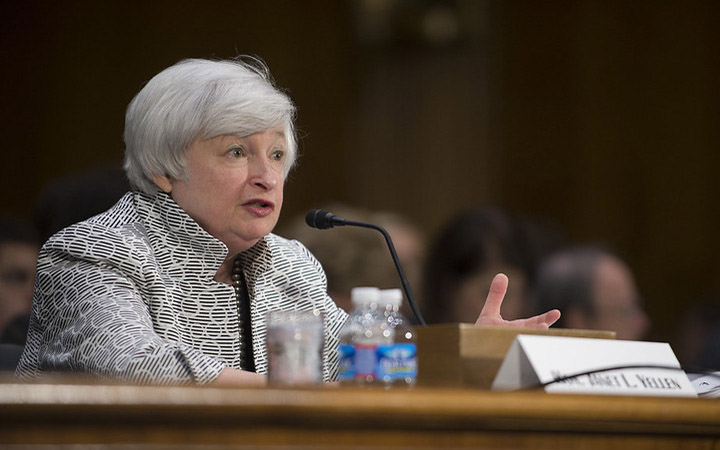
Though Congress specifies the goals for monetary policy, it established the Federal Reserve as an independent agency to ensure that its decisions are based on facts and objective analysis and serve the best interests of all Americans.
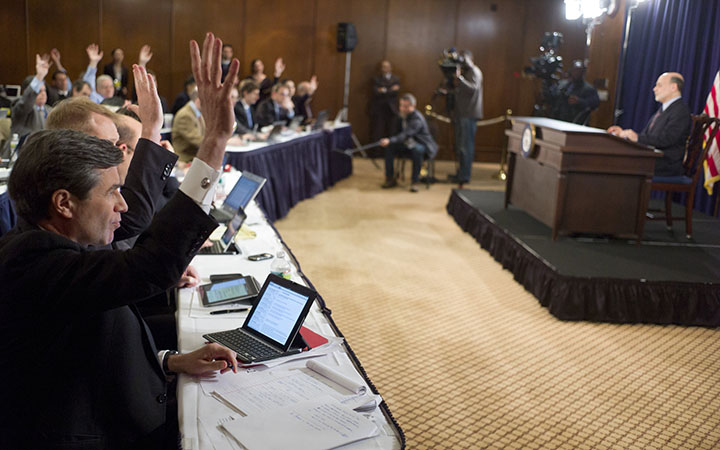
Transparency
Transparency has become a core principle of modern central banking
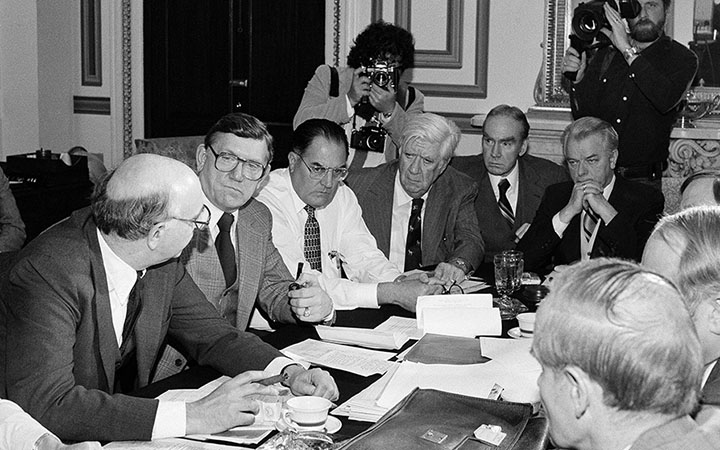
Monetary Control Act
The 1980 Act was one of the most important laws to affect the Fed in its 100-year history
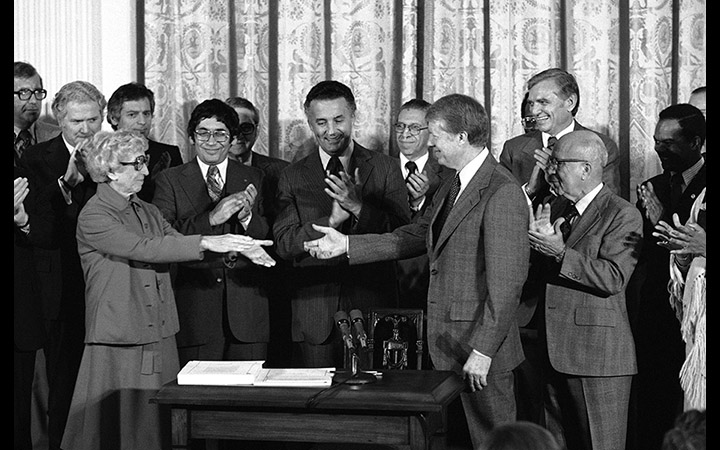
Full Employment and Balanced Growth Act
Commonly called Humphrey-Hawkins, the 1978 Act set new goals for the nation’s economic policymakers
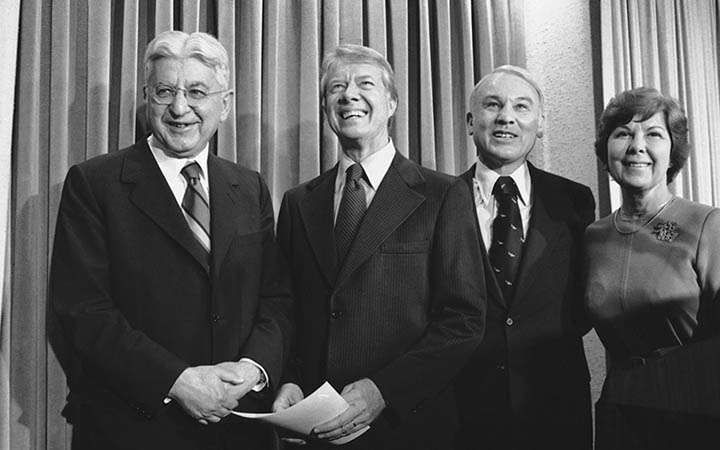
Federal Reserve Reform Act
This 1977 law was instrumental in shaping the current Fed
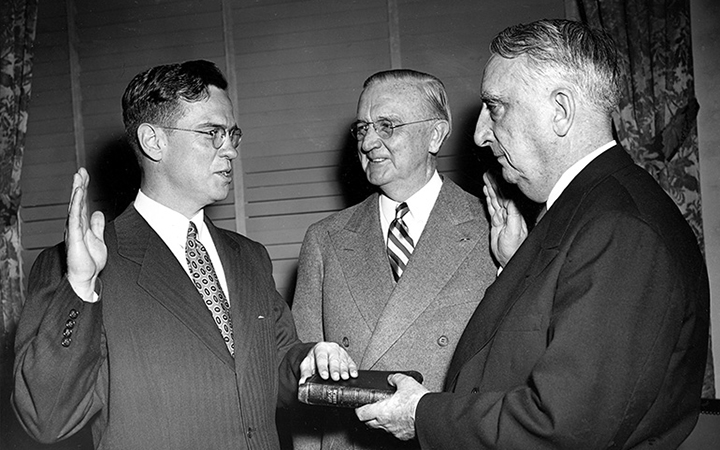
Treasury-Fed Accord
The 1951 agreement that laid the foundation for the modern Federal Reserve
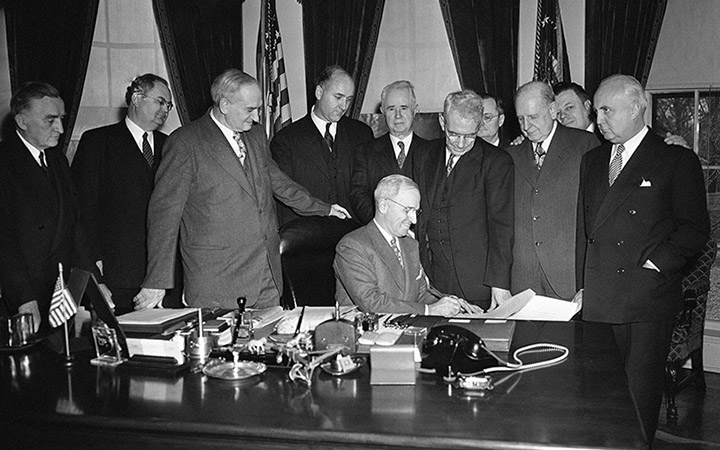
Employment Act
President Truman signed the Act in 1946 in the aftermath of WWII
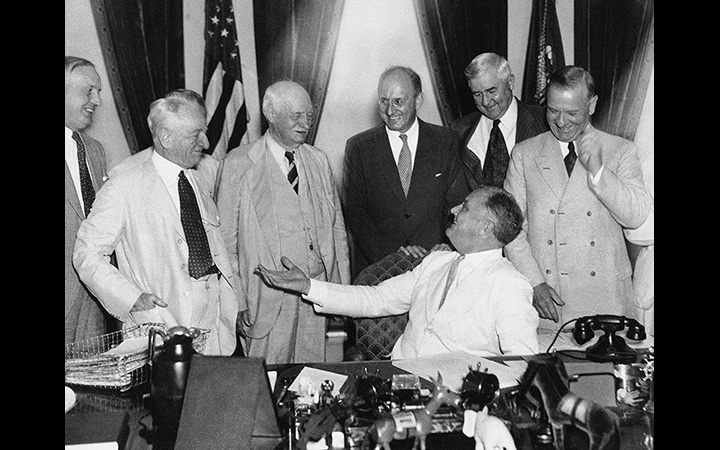
Banking Act of 1935
This legislation restructured the Fed in both cosmetic and consequential ways
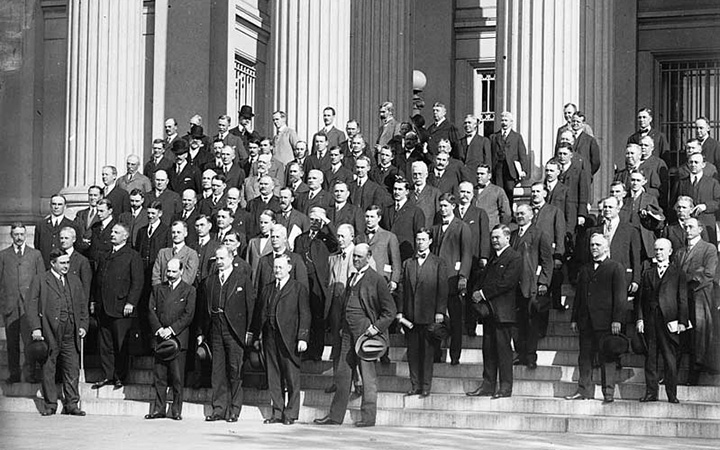
Reserve Banks Open
The twelve Federal Reserve Banks opened for business in November 1914
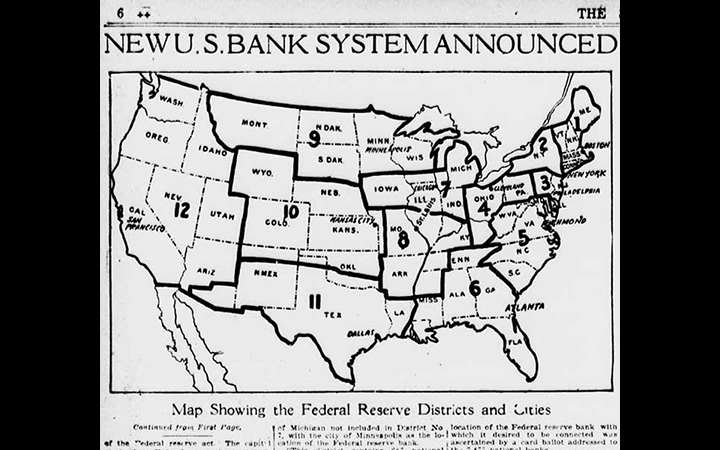
Reserve Bank Organization Committee
The RBOC announced the location and district boundaries of the Reserve Banks in April 1914

